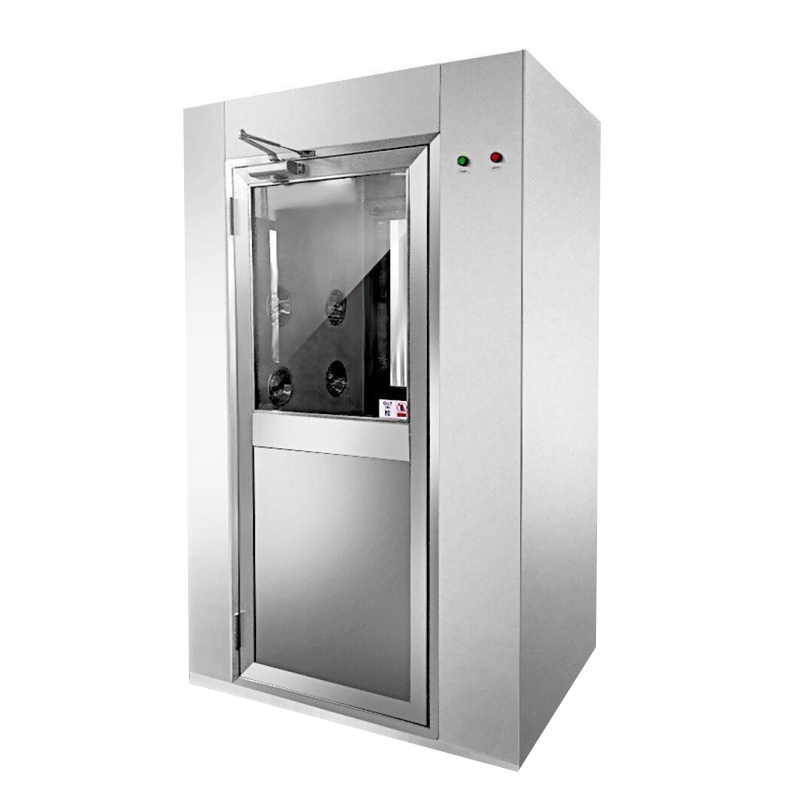

The thermal and sound insulation effects of clean room […]
The thermal and sound insulation effects of clean room sandwich panels depend on the specific materials and design of the panels. Clean room sandwich panels are typically designed to provide some level of thermal insulation and soundproofing in addition to their
primary function of creating controlled environments with low levels of dust and contaminants. Here's a general overview of their insulation effects:
Thermal Insulation:
Core Material Influence: The core material used in clean room panels plays a significant role in thermal insulation. Panels with insulating core materials, such as polyurethane, polyisocyanurate, or mineral wool, offer good thermal insulation properties. These materials have low thermal conductivity and help maintain temperature stability within the clean room.
R-Value: The thermal resistance of a clean room panel is often quantified by its R-value. A higher R-value indicates better thermal insulation. Panels with higher R-values can help maintain desired temperatures within the clean room, reducing energy consumption for heating or cooling.

Energy Efficiency: Clean room panels with good thermal insulation properties can contribute to energy efficiency in controlled environments. They help maintain stable temperatures, which is crucial in industries like pharmaceuticals, electronics, and food processing.
Fire Resistance: Some clean room panels incorporate fire-resistant materials, enhancing both thermal insulation and fire safety. This can be important in applications where fire resistance is a critical factor.
Sound Insulation:
Core Material and Thickness: The core material and thickness of clean room panels can influence their sound insulation properties. Panels with thicker cores and denser core materials tend to offer better soundproofing.
Frequency Range: Clean room panels can be designed to attenuate sound across a specific frequency range. They are often used to reduce noise from equipment, machinery, or HVAC systems within the clean room.
Acoustic Performance: Panels used for soundproofing may have sound ratings or acoustic performance specifications that indicate their ability to dampen or block noise. Higher STC (Sound Transmission Class) or NRC (Noise Reduction Coefficient) ratings generally indicate better sound insulation.
Applications: Clean room panels are used in various applications, including those where noise control is crucial. For example, in semiconductor manufacturing, reducing noise levels to protect sensitive equipment is essential.
It's important to note that the thermal and sound insulation properties of clean room sandwich panels can vary depending on the specific design, materials, and manufacturer.
Before selecting panels for a particular application, it's advisable to consider the desired level of insulation, environmental conditions, and any industry-specific requirements. This can help ensure that the chosen clean room panels provide the necessary thermal and sound insulation to maintain a controlled and comfortable environment while
meeting regulatory and performance standards.
Our new models offer superb design;competitive prices and their new features give them distinct advantages over similar products from other manufacturers.